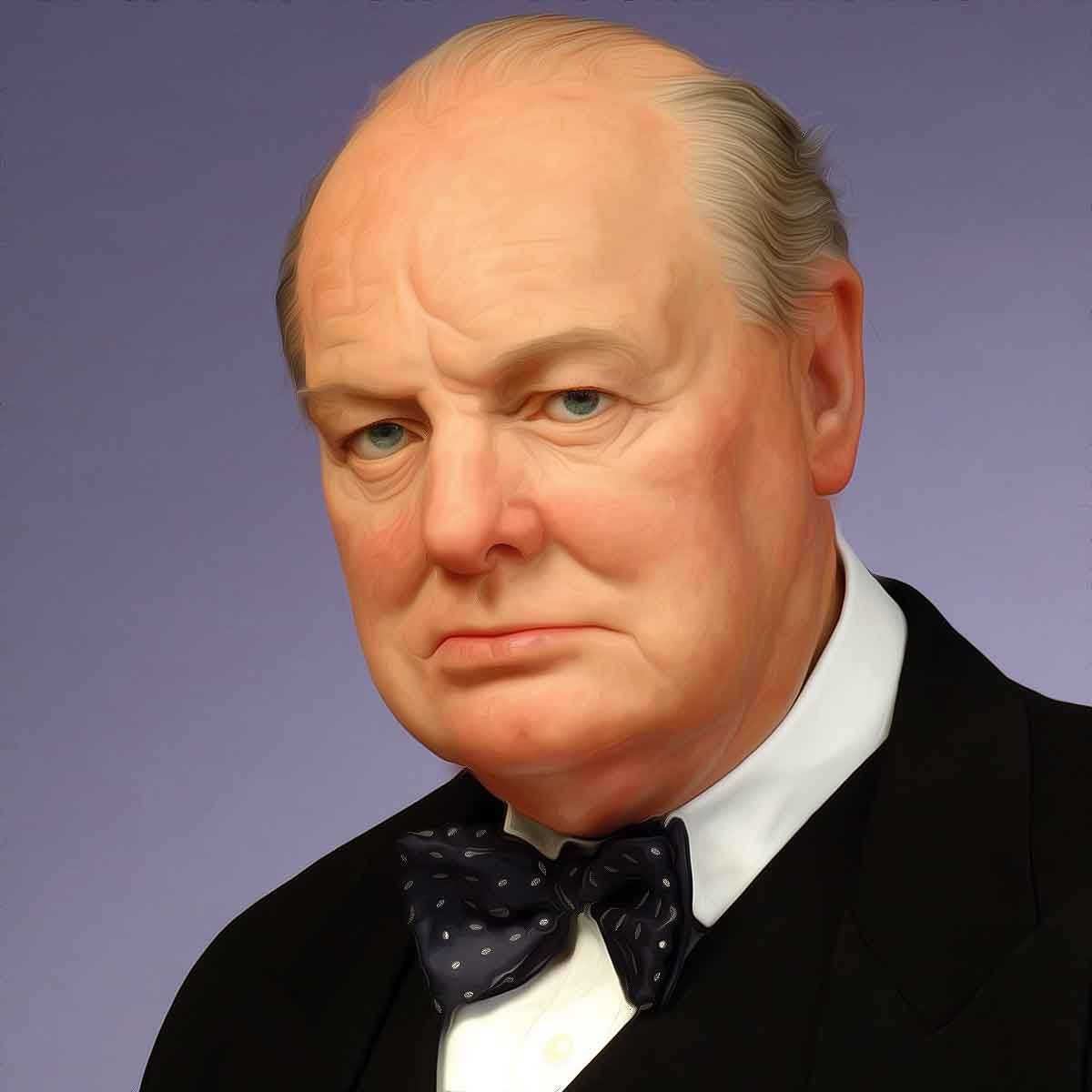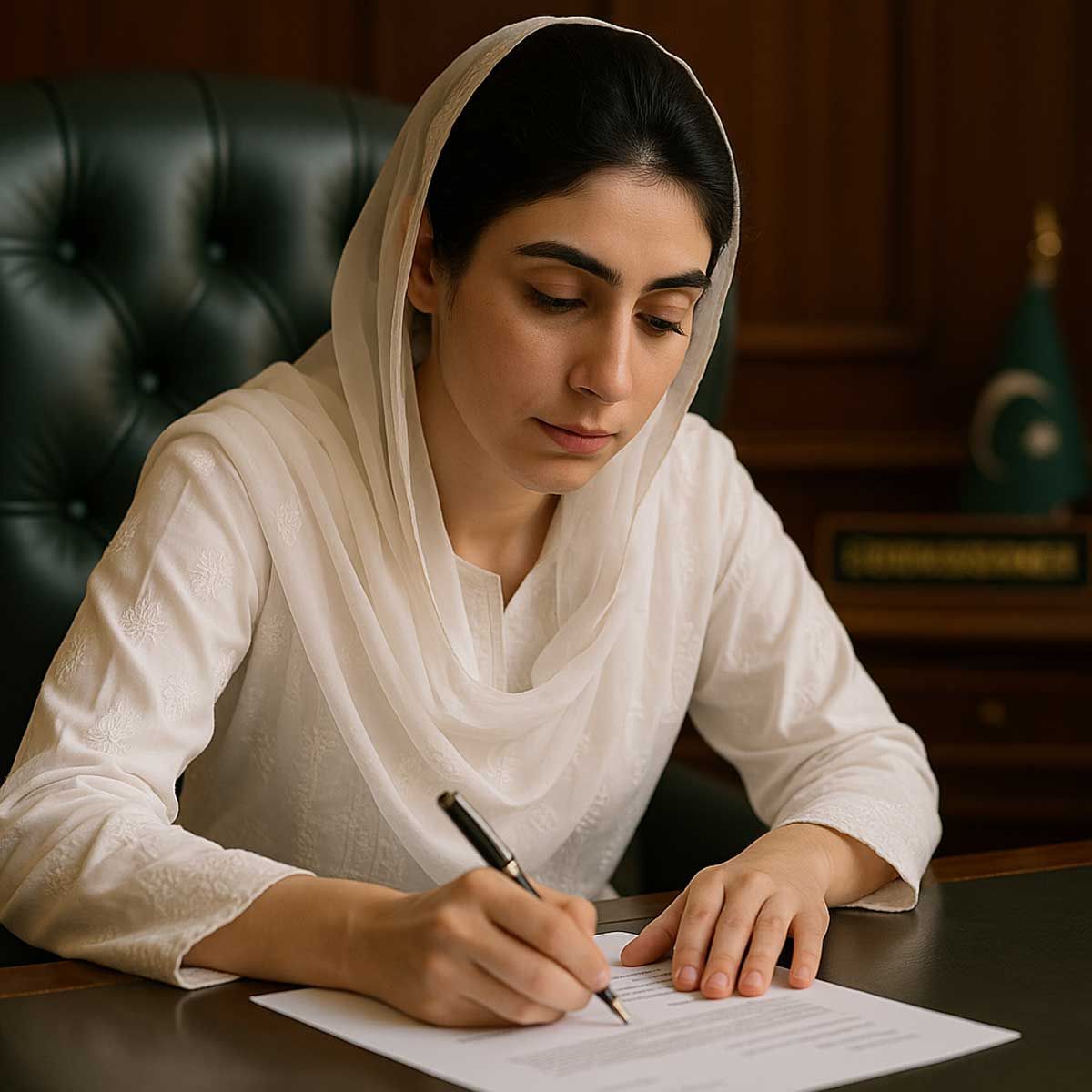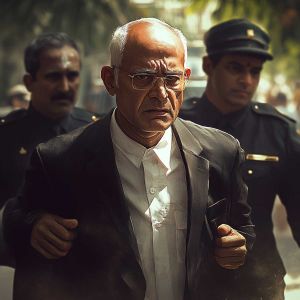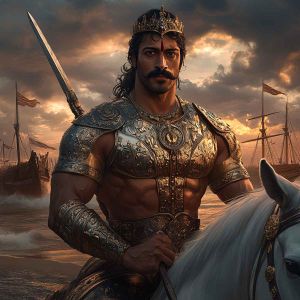Sanatan Articles
Satyaagrah
Written on
Satyaagrah
Written on
Satyaagrah
Written on
Satyaagrah
Written on
Satyaagrah
Written on
JOIN SATYAAGRAH SOCIAL MEDIA
‘Safety Valve Theory’: Purpose of founding Indian National Congress was to provide a safety valve to Indian nationalists to vent their frustration to avoid another situation like revolt of 1857

The revolt of 1857 left a deep mark on the history of Modern India. British policy changed after the rebellion of 1857. The uprising of 1857 played a crucial role in shaping the Indian Empire during the early nineteenth century. The display of unity among the masses and revolting led the British to rethink their existence in India and their way of working.
Indian National Congress (INC)
The Indian National Congress (INC) was founded by members of the Theosophical Society on 28 December 1885. Scotsman Allan Octavian Hume, a retired ICS officer, and a notable ornithologist were instrumental in its formation — in fact, an Indian would not have been permitted to form such an organization.
Its first session was held between 28-31 December 1885 at Gokuldas Tejpal Sanskrit College, Bombay. It was attended by 72 delegates representing various provinces and comprising, among other things, 54 Hindus and 2 Muslims. Woomesh Chandra Banerjee presided over it. Hume was elected as the first general secretary.
|
‘Safety Valve Theory’: The purpose behind the formation of the Congress was to provide a safety valve to the Indian nationalists to vent their grievances and frustration and avoid another situation like the First Indian War of Independence of 1857. In other words, Congress was meant to prolong and not curtail British rule. The creation of INC was actually a part of the British government policy, secretly pre-arranged with the Viceroy, for safeguarding the British Raj from the rising anti-British forces and widespread unrest.
Of the first 25 sessions of the Congress, 5 were presided by Europeans.
As late as 1914, 1915, and 1916 the Congress sessions were briefly attended by Madras Governor Lord Pentland, Bombay Governor Lord Willingdon, and United Provinces Governor Sir James Meston.
Only later did the British's initial patronage of the Congress turn into hostility and suspicion. Due to the Hindu dominance, many Muslim community leaders like Syed Ahmed Khan viewed the Congress negatively.
The revolt of 1857 had made an enormous impact on the Britishers, leading to the following outcomes:
The British crown took over as the rule of East India company ended: The revolt of 1857 caused the transfer of powers from the hands of the East India Company to the crown of England. This was achieved under the better government of India act of 1858. Under this act, India came into direct control under the crown, which started acting through a state secretary. The secretary was directly responsible to the British crown. An Indian council consisting of 15 members was created, out of which nine should have served India for at least ten years. The state secretary presided over this council. However, the central administration remained in the governor-general's hands. The governor-general also became the Viceroy to the queen of England.
Indian army reconstruction: The 1857 revolt instilled fear in the minds of the British government. They no longer assumed that Indian people would stand by the British government when needed. The British elements in the Indian army were improvised to ensure loyalty and support from the military. Hence, the number of Indian soldiers in the Indian army was drastically reduced from a total of 2,38,000 in 1857 to a total of 1,40,000 in 1863. Simultaneously, the number of England soldiers increased from 45,000 to 65,000.
The policy of annexation ended: The revolt of 1857 made the British government realize the importance of the princely states and hence wanted to gain their support. Also, the British were suspicious of the Russian invasion of India under the ongoing circumstances. They felt the need to unite the princely states and use them during times of need. Hence, the policy of annexation of the princely states was given up.
Beginning of the divide and rule policy: After the revolt of 1857, the British realized that the unity amongst the Indians could be dangerous for their existence and hence started the policy of divide and rule between different castes and classes. The Muslims were made to fight against the Hindus, and the upper caste Hindus were made to fight with the lower caste Hindus. This led to a division of the country’s people and deteriorated unity.
All India Muslim League (AIML)
All India Muslim League (AIML) was founded at a conference of 3000 delegates in Dhaka in December 1906. It was fuelled by the Bengal partition of 1905. AIML was a product of the divide-and-rule policy of the British.
Political formations to counter the growing nationalism and the Congress were actively encouraged by the British Raj. The name ‘All-India Muslim League’ was proposed by its co-founder Sir Aga Khan III. Aga Khan pleaded with the British Raj to consider Muslims a separate nation.
The formation of the Muslim League in 1906 and the putting forth of its demands to the Raj like “separate and privileged representation in any electoral system that might be set up” were actually encouraged, facilitated, and stage-managed by Viceroy Lord Minto and the British officials. Upon the success of their efforts in ensuring that the Muslim League was formed, a British official sent this effusive message to Viceroy Minto: “I must send your excellency a line to say that a very, very big thing has happened today. A work of statesmanship [on the part of the British Raj] that will affect India and Indian history for many a long year. It is nothing less than pulling back 62 million people (Muslims) from joining the ranks of the seditious opposition (Congress).”
Expressing his loyalty to the British, the AIML’s first President Nawab Viqar-ul-Mulk Mustaq Hussain stated at its opening session: “…the political rights of a subject race thrive best in the soil of loyalty, and consequently the Mussalmans should prove themselves loyal to their Government before they can ask for any of their rights…”
AIML was almost moribund during the 1920s and early 1930s. It was revived by Jinnah in 1934. Only after AILM’s (Jinnah’s) overtures were rebuffed by the Congress (Nehru, in particular) following the 1936-37 elections (please see detailed elsewhere in this book) that the AIML adopted a vigorous and militant anti-Congress line that culminated in its Lahore Resolution of 26 March 1940 indirectly hinting about Pakistan.
Pakistan became a reality not so much by the efforts of Jinnah or the Muslim League (Even the crease of the suites of Jinnah and other Muslim League leaders never got crumpled in any agitation.) as by the machinations of the British, particularly Churchill and other like-minded politicians, as it was in the vested interests of the British and the West to have Pakistan to protect their oil interests in the Middle-East, and to have a useful ally in their cold-war.
References:
unacademy.com
archive.org
 Support Us
Support Us
Satyagraha was born from the heart of our land, with an undying aim to unveil the true essence of Bharat. It seeks to illuminate the hidden tales of our valiant freedom fighters and the rich chronicles that haven't yet sung their complete melody in the mainstream.
While platforms like NDTV and 'The Wire' effortlessly garner funds under the banner of safeguarding democracy, we at Satyagraha walk a different path. Our strength and resonance come from you. In this journey to weave a stronger Bharat, every little contribution amplifies our voice. Let's come together, contribute as you can, and champion the true spirit of our nation.
 |  |  |
| ICICI Bank of Satyaagrah | Razorpay Bank of Satyaagrah | PayPal Bank of Satyaagrah - For International Payments |
If all above doesn't work, then try the LINK below:
Please share the article on other platforms
DISCLAIMER: The author is solely responsible for the views expressed in this article. The author carries the responsibility for citing and/or licensing of images utilized within the text. The website also frequently uses non-commercial images for representational purposes only in line with the article. We are not responsible for the authenticity of such images. If some images have a copyright issue, we request the person/entity to contact us at satyaagrahindia@gmail.com and we will take the necessary actions to resolve the issue.
Related Articles
- Haunting history- 50 years of Operation Searchlight in Dhaka
- If only India’s partition chilling wound was not enough, Gandhi did his last protest again only to blackmail India into giving 55 crores to Pakistan, dragged Hindu, Sikh refugees seeking shelter in mosques to die in cold: And we call him Mahatma, not for
- Operation Trident,1971: How Indian Navy Pulled Off One Of Its Greatest Victories over Pakistan, Karachi burned for seven days
- Operation Polo: When India annexed Hyderabad from the Nizam and Razakars, the suppression of Hindus and the role of Nehru
- "Now or Never; Are We to Live or Perish Forever," declared Rahmat Ali in his Pakistan Declaration, coining 'Pakstan,' setting the stage for Iqbal, Jinnah, and Nehru to shape the subcontinent's transformative history amid objections from the Hindu press
- Freedom of expression and Secularism died with the assassination of Mahashay Rajpal, the publisher of Rangeela Rasool
- Rare footage of Pakistan Army surrendering to Indian Armed Forces after the humiliating defeat in 1971 war: Vijay Diwas
- During Partition Hindu and Sikh refugees concentrated in Delhi to a humiliating and dehumanizing experience whereas Muslim were being provided with rations, funds, jobs and shelter: MK Pahwa try to assassinate Gandhi
- On 16th Aug 1946, during Ramzan's 18th day, Direct Action Day aimed to provoke Muslims by mirroring Prophet Muhammad's victory at Badr, Gopal 'Patha', the Lion of Bengal, heroically saved Bengali Hindus & Calcutta from a planned genocide, altering history
- Why Hindu-Sikh genocide of Mirpur in 1947 ignored? Why inhuman crimes of Radical Islamists always hidden in India?
- Moplah Genocide of the Malabar Hindus, 1921: Thousands of Hindus slaughtered
- The Islamic Doctrine of Permanent War: Jihãd and Religious Riot
- Prophecies of Jogendra Nath Mandal getting real after seventy years of his return from Pakistan
- Speech of Sardar Patel at Calcutta Maidan in 1948 busts the myth of ‘Muslims chose India’ and is relevant even today
- Indira Gandhi’s bahu published intimate photos of Jagjivan Ram’s son in her magazine: This 'Saas-Bahu ki Saajish' mothered India’s first major political sex scandal which cost Jagjivan his political career





















